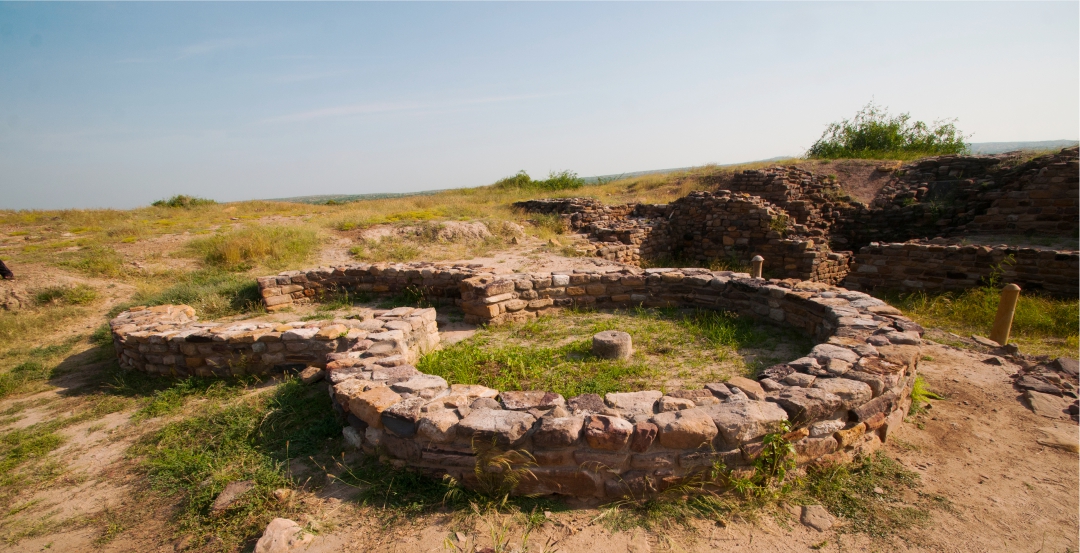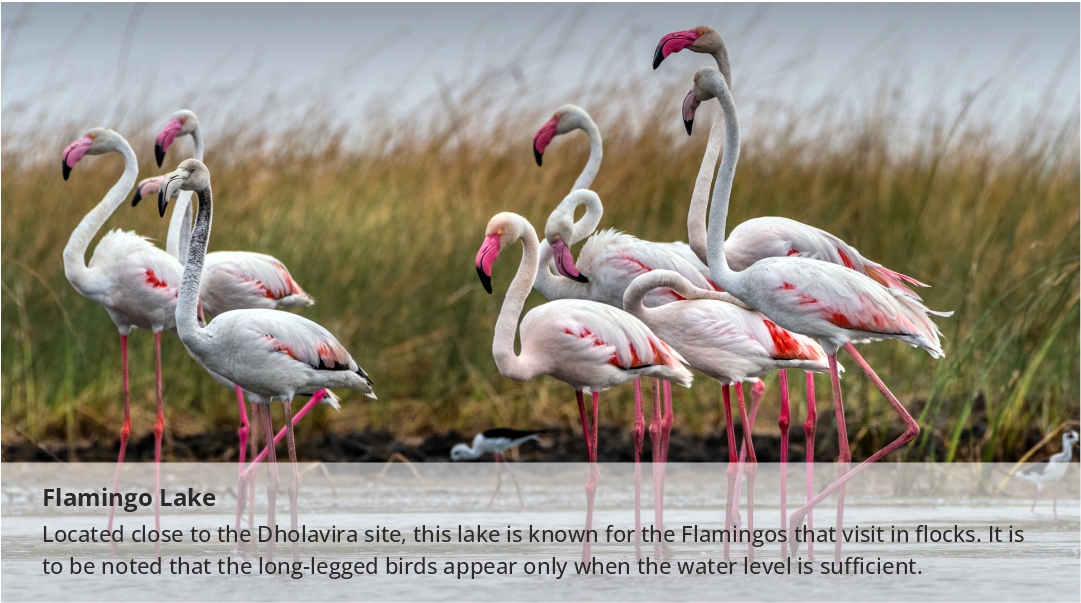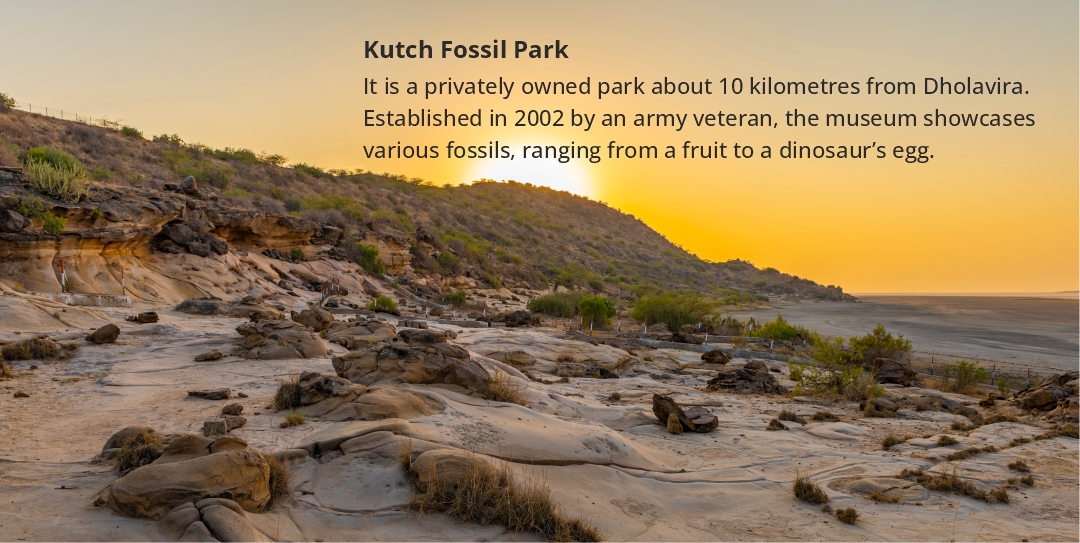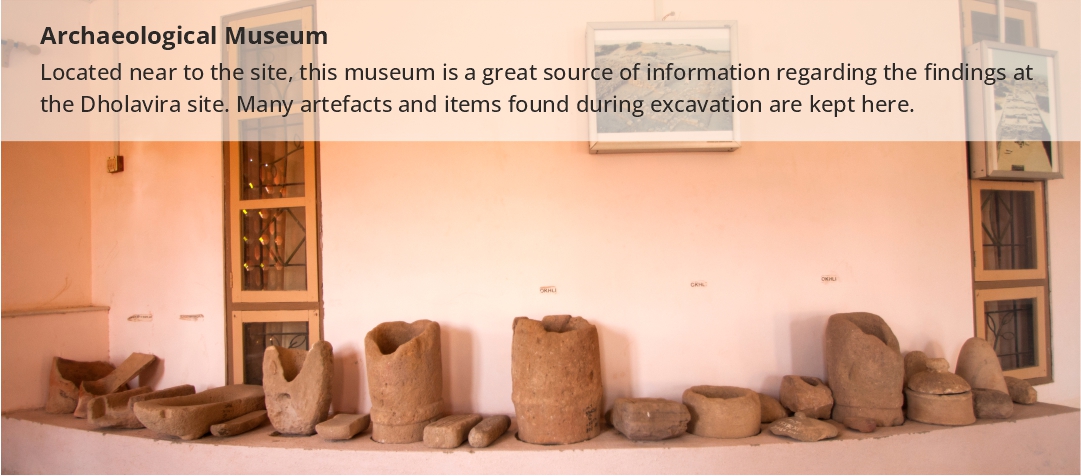Dholavira, Gujarat
Been there recently?
A city that thrived in the Indus valley during Harappan civilization more than 4000 years ago was discovered in 1968, and since then, brick by brick, the efforts to unearth the ancient Dholavira has resulted in the finding of remnants of a well-built city worthy enough to get a UNESCO World Heritage Site recognition. Archaeologists have dug out from the depths of the earth a fortified city, a cemetery, a water management system, drainage and a fort, among others. The city had living quarters of different levels in accordance with the sections of people living. Items like jewellery, copper, beads, etc., found indicate the existence of artisans and the related industry. You would be surprised to know that the large cemetery had burials of six different types! And the most interesting of all the findings are the 10 stone inscriptions. But unfortunately, there is no one to read and decipher these earliest of the scripts. If the script is cracked, then the information would be priceless. Visiting these sites would give an insight on how those people lived in one of the toughest regions of the valley and built a city and a system that could face and withstand the harsh environs. If you are interested in ancient civilisations and their lifestyle, then a visit to Dholavira should be at the top of your list. September to February is the best time to visit Dholavira. It is approximately 215 kilometres from Bhuj, the headquarters of the Kutch district. Samakhiali is the nearest rail station, about 135 kilometres away. Bhuj is the nearest airport.

Nearby Places to See
Sunset Point
Located close to Fossil Park, the point on the beach is one of the best places to view the sunset. A couple of temples are here.
Located close to Fossil Park, the point on the beach is one of the best places to view the sunset. A couple of temples are here.

Chipper Point
Here a flat extension of the rocky hill stretches about 5-6 feet into the open with the sea about 200 feet below. Visitors love to walk 3-4 steps and stand on the outstretched surface.
Here a flat extension of the rocky hill stretches about 5-6 feet into the open with the sea about 200 feet below. Visitors love to walk 3-4 steps and stand on the outstretched surface.



-
Destination



